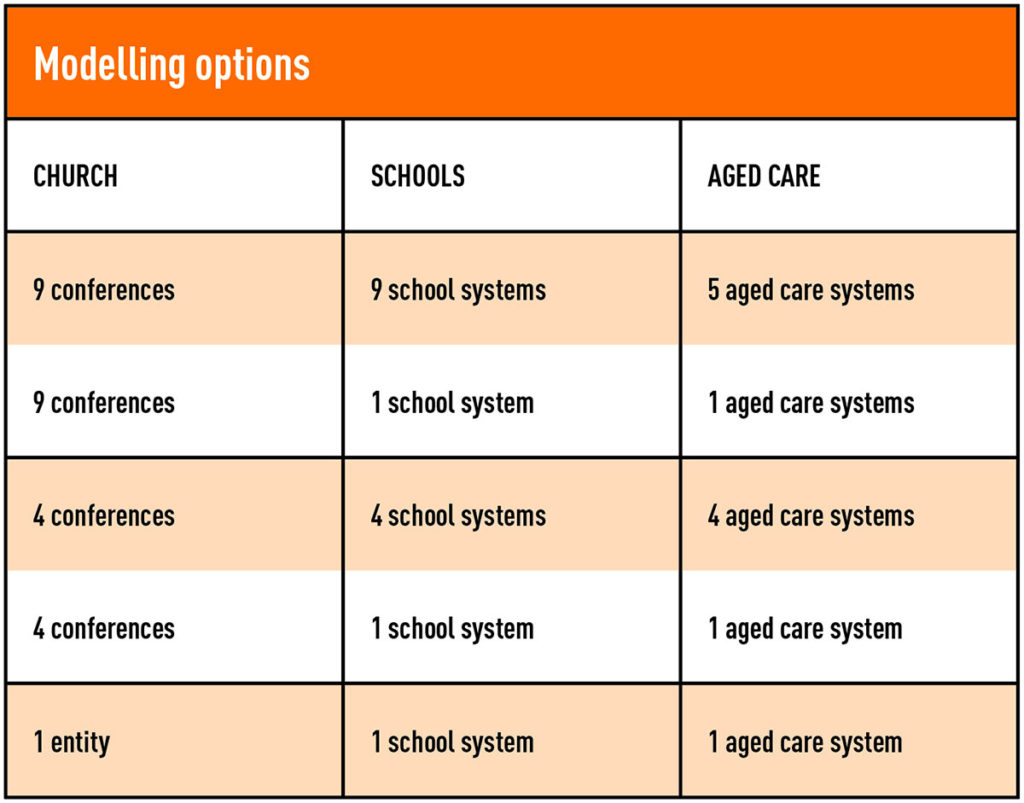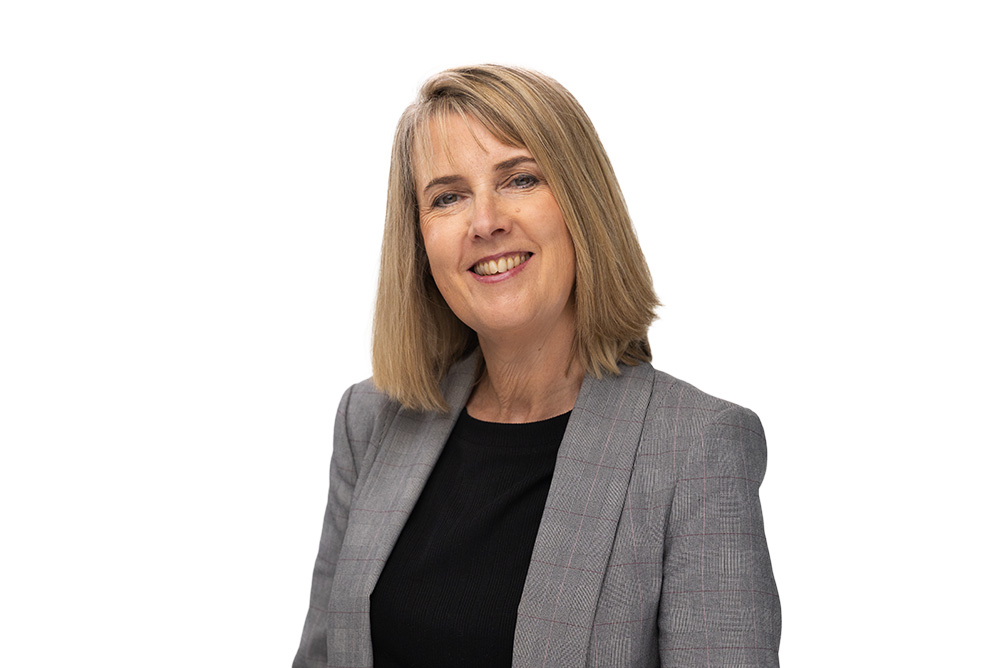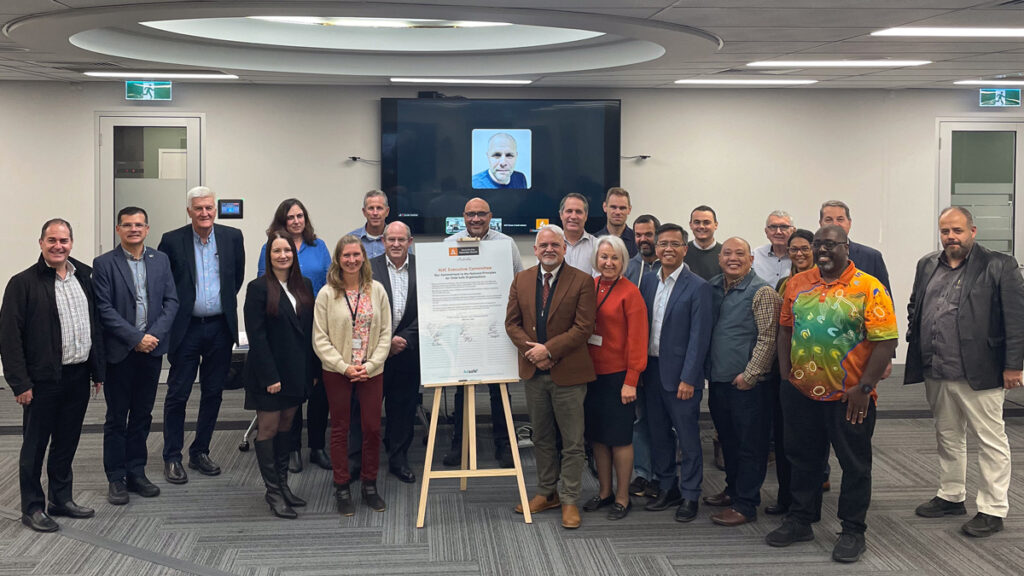Seventh-day Adventist Church leaders in Australia are inviting members to be involved in another round of consultation as part of the ongoing church structure review.
A series of 31 meetings, beginning on February 27, will give members an opportunity to find out about the review’s progress, ask questions and provide feedback. Those unable to attend a face-to-face meeting will be encouraged to join an online session.
The meetings will be hosted by AUC president Pastor Jorge Munoz, general secretary Pastor Michael Worker and CFO Peter Cameron.
“We want to listen carefully to our members and what they may have to say about this initiative,” Pastor Munoz said. “We value their input—what we learned from the first round of consultations has been very helpful in shaping and guiding our progress.”
Church leaders have committed to widespread consultation and transparency with every aspect of the review. Seventy workshops were held nationally in 2017 as an initial step in getting the discussion underway. The workshops were attended by local church leaders and members, young adults, pastors, church administration and departmental personnel. Extensive consultation has also been held with local conferences, and education and aged care leaders. On top of that, more than 21,000 posts, comments and reactions have been made on a dedicated Facebook group, a key communication channel for the process.
Much of the feedback has echoed a similar sentiment—that the Church is “over-governed and over-managed” and that more resources are needed at the local level; on the frontline. There was also a common desire for a “district” model for resourcing and supporting local churches. Under this model, churches, schools, aged care entities and ADRA would be more cohesively integrated for mission.
In response to the feedback, several administrative models will be presented at the upcoming meetings. Options range from retaining the current model of 10 administrative bodies (one Union, nine conferences), nine school systems and five aged care systems, to a heavily streamlined model of just one administrative entity, one school system and one aged care system (see “modelling options” table below).
“We are not saying the current structure is bad, but what we are exploring is whether it’s the best model we can possibly have to effectively and efficiently fulfil our mission of creating a thriving disciple-making movement around Australia,” Pastor Munoz said.
“The review is focusing on every aspect of the Church and looking at how we can do church better—in our schools, in our aged care entities, in administration and at local churches. It’s important to note that the shape the Church ultimately takes in terms of administration is only one part of the entire church structure review.”

Indeed, some aspects of the review are already being implemented, including a new pastoral ministry development plan. This plan, which has launched in South Queensland, Northern Australia and Western Australia, will roll out nationally in 2020. It involves personal and professional development training for pastors, with the aim of building a better, stronger, more efficient and more qualified ministerial team.
“The continuing personal and professional development program will better equip our pastors in all areas of ministry, including the training of church members,” Pastor Munoz said.
“We want our members to know that while pastors preach and give Bible studies, among other things, their main role is to train in disciple-making. In other words, the role of pastors is to train others to do what they are doing.”
Another aspect of the review is the ongoing strengthening of the Quality Adventist Schools program—an improvement program based on world’s best practice and which provides a process for reinforcing the professional learning culture of Adventist schools. Using this as a model, work has also begun on a Quality Adventist Churches program that will help with the different ministries at a local church level. [pullquote]
“We have seen a great deal of support for the initiatives we have already introduced,” Pastor Munoz said. “The ministry development plan, for example, is going to translate into real benefits for our pastors and local churches.”
Pastor Munoz recognised that change can sometimes be challenging, but it can also bring exciting opportunities.
“The reality is that we have a responsibility to show our young people that reviewing the way we do things is a normal part of our operation,” he said. “It’s important to check whether everything is working well or not, including our church structures. It’s something that we haven’t done for a long time.
“Through this process we have an opportunity to work together and look at ways we can do church better with the resources we have and be more intentional about how we approach mission. It’s essential that the church structure aids this work and doesn’t hold it back.
“As we continue to move forward in this journey, prayer is paramount. We encourage everyone to join with us in praying for this important project so that we will achieve the best possible outcome for God’s glory.”
Two posters outlining dates and venues for the upcoming meetings have been supplied to all churches in Australia with this Sabbath’s edition of Adventist Record (February 1).
For more details go to adventist.org.au/structurereview.






